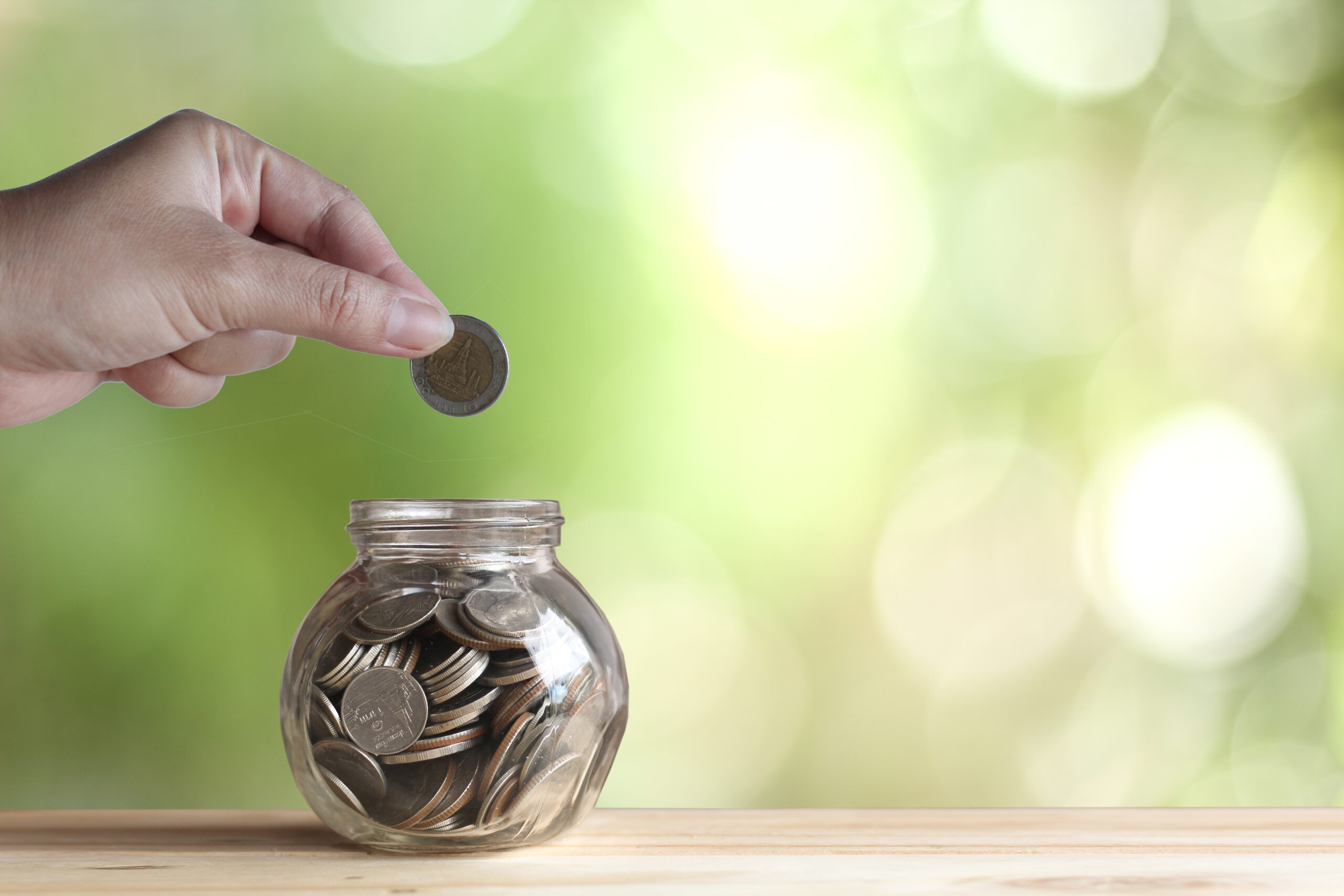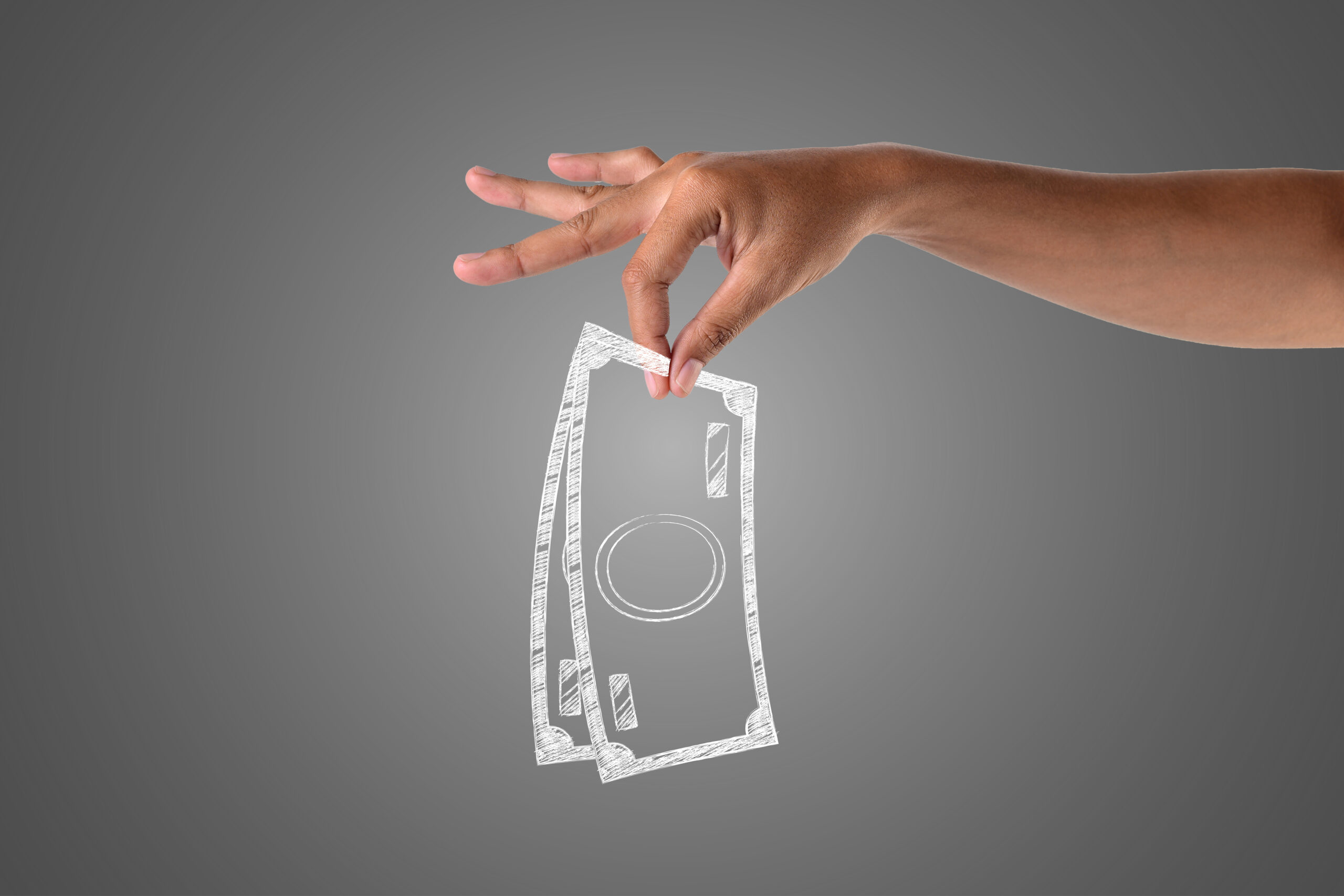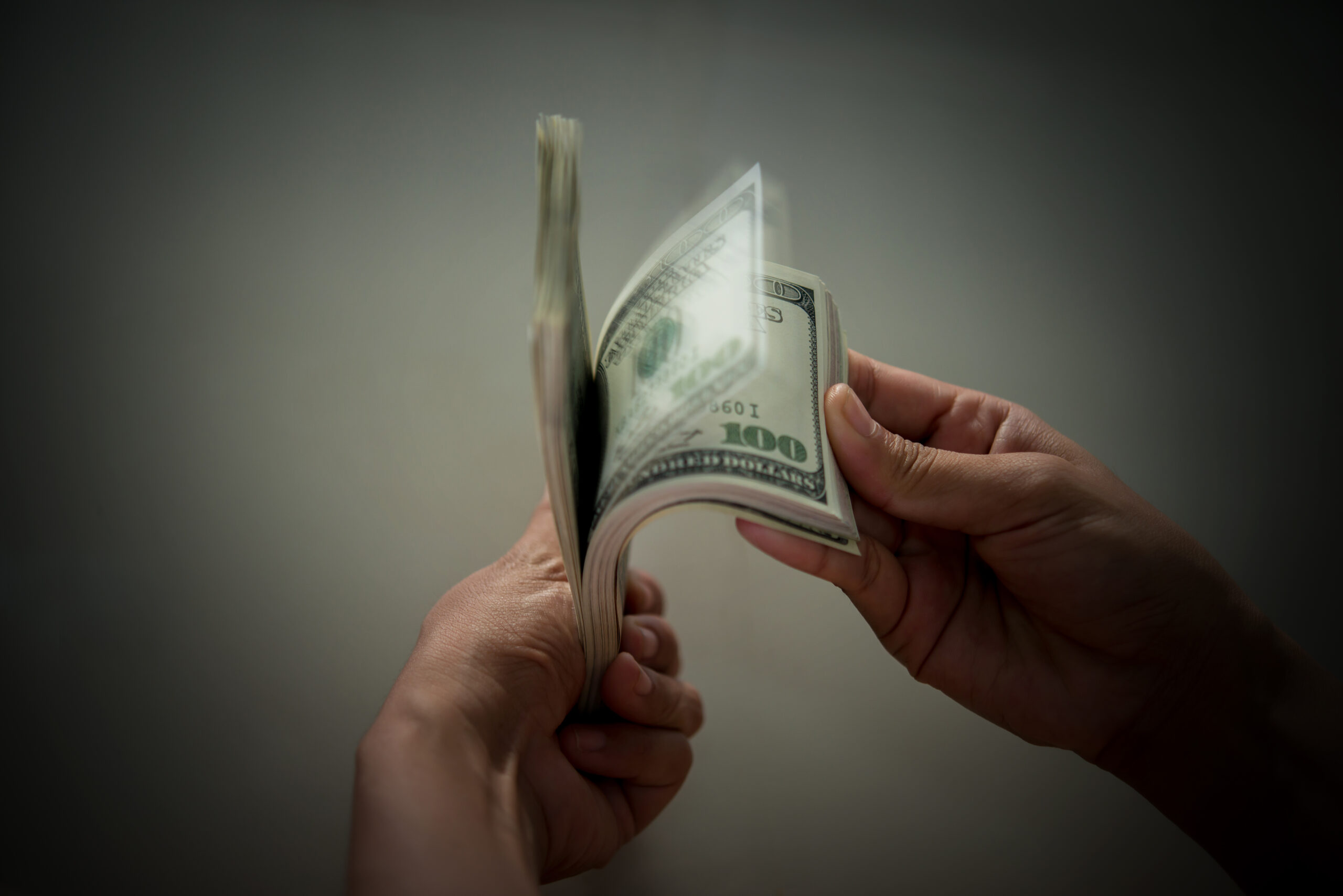In a world where we are continually exposed to advertisements, social media influencers, and the urge to keep following the latest trends, it’s easy for us to fall into the trap of accumulating more and more stuff. But what if I told you that owning less could actually save you more, means more money, more time, and more peace of mind? This is the essence of minimalist living, a lifestyle that focuses on simplicity, intentionality, and the idea that less is truly more.
What is Minimalist Living?
Minimalist living involves eliminating the unnecessary possessions and concentrating on the essentials one.(Cooper, 2025) It’s not about living in an empty white room with just a chair and a table (though it could be, if that’s what you want). Instead, it’s about being intentional with what you own, what you buy, and how you spend your time and energy. Embracing simplicity allows us to discover that true happiness isn’t derived from accumulating material possessions. As noted on Zen Habits, “Money can’t buy you love. It can’t buy you happiness either.” (Babauta, n.d.)
The Financial Benefits of Minimalism
One of the most immediate and tangible benefits of minimalist living is the financial savings. When you stop buying things that is beyond the needs, you naturally save more. Let’s break this down with some real-life examples:
- Reduced Spending on Non-Essentials: Imagine you’re someone who loves buying frequently new clothes. Every month, you spend $100 on new outfits. Over a year, that’s $1,200. Now if you adopt a minimalist approach and only buy clothes when you truly need them, you could easily cut that spending in half, saving $600 a year. That’s money you could put towards a vacation, an emergency fund, or even investing.
- Lower Maintenance Costs: Owning fewer things means you have less to maintain. For example, if you own two cars, you’re paying for insurance, maintenance, and fuel for both. If you downsize to one car, you could save thousands of dollars annually. The same principle applies to other possessions like electronics, furniture, and even homes. A smaller home means lower utility bills, less furniture to buy, and fewer repairs.
- Debt Reduction: Many people accumulate debt because they buy things they can’t afford. By adopting a minimalist lifestyle, you’re less likely to make impulsive purchases, which can help you avoid credit card debt and loans. Over time, this can lead to significant financial freedom.
The Time-Saving Aspect of Minimalism
With saving money, Minimalism is also about saving time. Think about how much time you spend shopping, organizing, cleaning, and maintaining your possessions. When you own less, you free up time to focus on what truly matters for you.
- Less Time Cleaning: If you have a smaller home with fewer possessions, you’ll spend less time cleaning. For example, if you have a wardrobe with 50 items instead of 200, you’ll spend less time deciding what to wear and less time doing laundry. This extra time can be spent on hobbies, spending time with loved ones, or simply relaxing.
- Simplified Decision-Making: Have you ever stood in front of a closet full of clothes and thought, “I have nothing to wear”? This is known as decision fatigue and it happens when we have too many choices. By owning fewer items, you simplify your decision-making process, which will reduce stress and save time.
The Emotional and Mental Benefits
Minimalism also has profound emotional and mental benefits (Whisper, 2024) When you’re not constantly chasing the next purchase or worrying about your possessions, you can focus on what truly brings you joy and fulfillment.
- Reduced Stress: Owning fewer things means you have less to worry about. You don’t have to stress about losing, breaking, or maintaining your possessions. This can lead to a more peaceful and stress-free life.
- Increased Gratitude: When you own less, you tend to appreciate what you have more. For example, if you have just one high-quality pair of shoes that you love, you’ll likely take better care of them and feel more grateful for them than if you had ten pairs of shoes you barely wear.
- Improved Relationships: Adopting a minimalist lifestyle can enhance your relationships by shifting focus from material possessions to meaningful interactions. By prioritizing experiences over things, you can dedicate more time and energy to your loved ones, fostering deeper connections. For instance, instead of purchasing expensive gifts, you choose to spend quality time together that creates lasting memories and strengthens bonds. This approach not only enriches personal relationships but also promotes emotional well-being and a more fulfilling life.
Steps to Embrace Minimalist Living
- Declutter Your Space: Start with your single room or even a single drawer. Identify and evaluate each of your item: Does it serve my purpose? Does it bring joy to me? If not, then consider donating, selling, or recycling it.
- Mindful Consumption: Before purchasing something, ask yourself if it genuinely adds value to your needs. Implementing a waiting period before buying non-essential items can curb impulse purchases.
- Digital Declutter: Regularly clean up your digital spaces, including email inboxes and social media accounts, to reduce mental clutter.
- Sustainable Practices: Start adopting sustainable habits that reduce your environmental footprint, such as using reusable bags, reducing plastic use, and conserving water.
Real-Life Examples of Minimalist Living
- The Minimalists: Joshua Fields Millburn and Ryan Nicodemus are known as “The Minimalists.” They are the most well-known advocates of minimalist living. They both left their high-paying corporate jobs to live a simpler and more intentional life. By downsizing their possessions and focusing on what truly mattered, they were able to find greater happiness and fulfillment. They have written books, produced documentaries, and host a popular podcast to share their journey and inspire others to embrace minimalism (Wikidepia , n.d.)
- Marie Kondo: Marie Kondo, the author of “The Life-Changing Magic of Tidying Up,” has helped millions of people the globe to declutter their homes and lives. Her KonMari method inspire people to keep only the items that spark joy. By doing so, people often find that they not only have a cleaner, more organized home but also a clearer mind and a more joyful life (Limpitlaw , Estelle-Holmer, & Spomer, 2019)
- Fumio Sasaki: Fumio Sasaki, the author of “Goodbye, Things: The New Japanese Minimalism,” is another great example. He went from living in a cluttered apartment filled with possessions to owning just the essentials. He found that by owning less, he was able to focus more on his passions, save money, and live a more fulfilling life (Sasaki , n.d.)
How to Start Your Minimalist Journey
If you’re inspired to try minimalist living, here are some practical steps to get started:
- Adopt a One-In, One-Out Approach: For every new item that you are bringing into your home, try to replace it with the old one. This helps prevent clutter from building up again.
- Focus on Quality Over Quantity: You can consider to buy high quality items that will last longer instead of buying cheap or disposable items. This not only saves you money in the long run but also reduces waste.
- Simplify Your Schedule: Along with physical possessions, Minimalism is also about simplifying your life. Look at your schedule and eliminate activities that don’t bring you joy or add value to your life.
Conclusion
Minimalist living is a lifestyle that can lead to greater financial freedom, more time, and a deeper sense of fulfillment. By owning less, you can save more not just in terms of money, but also in terms of time, energy, and peace of mind. Whether you’re inspired by the stories of The Minimalists, Marie Kondo, or Fumio Sasaki, or you simply want to simplify your life, minimalist living offers a path to a more intentional and joyful life.
So, why not start today? Look around your home, identify what truly matters to you, and let go of the rest. You might just find that owning less is the key to living more.





